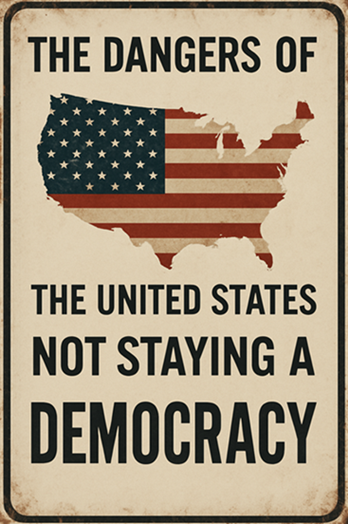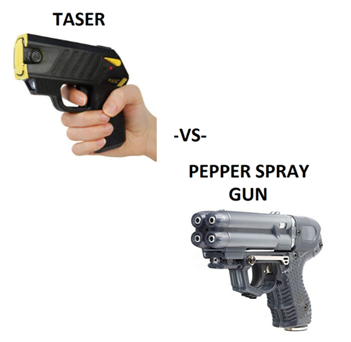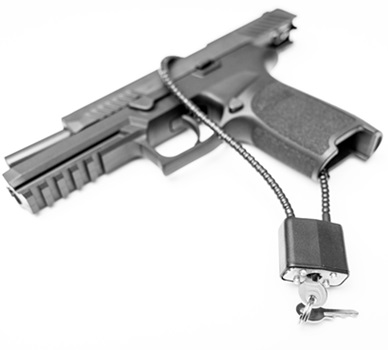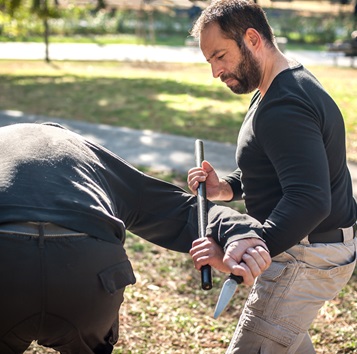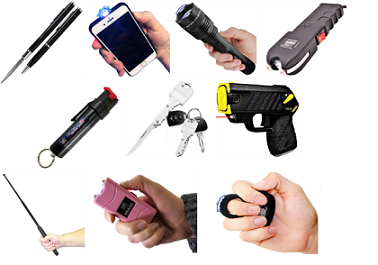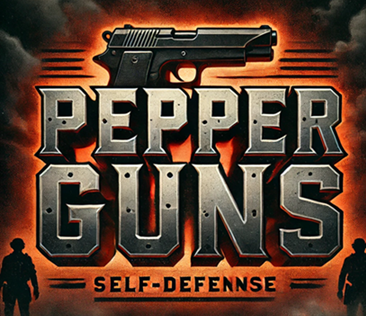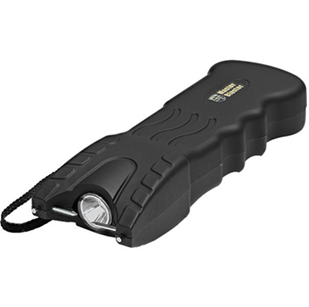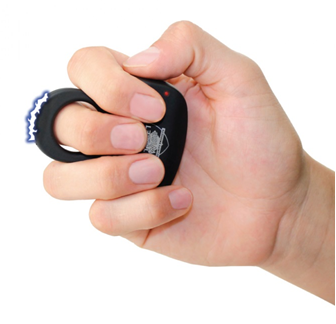The Rise of Non-Lethal Weapons in Policing: Are They Truly Safe?
 As public scrutiny of law enforcement practices continues to grow, the demand for non-lethal alternatives to firearms has surged. Non-lethal weapons (NLWs), such as Tasers, rubber bullets, pepper spray, and stun grenades, are increasingly used by police departments worldwide to subdue suspects while reducing the risk of fatal encounters. But while these tools are marketed as safer alternatives to lethal force, their deployment has raised significant ethical, legal, and medical concerns.
As public scrutiny of law enforcement practices continues to grow, the demand for non-lethal alternatives to firearms has surged. Non-lethal weapons (NLWs), such as Tasers, rubber bullets, pepper spray, and stun grenades, are increasingly used by police departments worldwide to subdue suspects while reducing the risk of fatal encounters. But while these tools are marketed as safer alternatives to lethal force, their deployment has raised significant ethical, legal, and medical concerns.
This article explores the rise of non-lethal weapons in policing, their effectiveness, and whether they truly provide a safe alternative to traditional firearms.
The Evolution of Non-Lethal Weapons in Law Enforcement
Historically, police forces relied on physical restraint techniques, batons, and hand-to-hand combat to subdue suspects. However, these methods often led to serious injuries for both officers and civilians. As technology advanced, law enforcement agencies turned to NLWs, aiming to minimize harm while maintaining control over potentially dangerous situations.
Some of the most widely used non-lethal weapons today include:
- Tasers: Electric shock devices designed to temporarily incapacitate suspects by disrupting their neuromuscular functions.
- Rubber Bullets: Projectiles meant to cause pain and compliance without penetrating the skin.
- Pepper Spray: An inflammatory agent that irritates the eyes and respiratory system, temporarily incapacitating individuals.
- BolaWrap: A device that shoots a Kevlar cord around a suspect’s limbs, restricting movement without causing injury.
- Sonic and Directed Energy Weapons: High-frequency sound waves and heat-inducing lasers designed for crowd control.
Are Non-Lethal Weapons Truly Safe?
The term "non-lethal" implies that these weapons do not cause death, yet their use has been linked to severe injuries and fatalities under certain circumstances. The safety of NLWs depends on several factors, including the method of deployment, the physical condition of the suspect, and adherence to training protocols.
Case Studies of Non-Lethal Weapon Use Gone Wrong
-
Taser-Related Deaths: Studies show that while Tasers are effective at immobilizing suspects, they can also lead to serious health complications, particularly in individuals with heart conditions. A 2021 study found that nearly 500 deaths in the U.S. have been associated with Taser use since their introduction.
-
Rubber Bullets and Blunt Trauma: In 2020, during mass protests, reports emerged of individuals suffering skull fractures and permanent eye injuries due to rubber bullet impacts. Despite being designed to incapacitate without penetration, these projectiles can cause severe harm when fired at close range.
-
Pepper Spray and Respiratory Issues: While generally considered safe, pepper spray can pose serious risks for individuals with asthma or other respiratory conditions. Some cases have documented fatalities due to asphyxiation following exposure to chemical irritants.
The Legal and Ethical Debate
The deployment of non-lethal weapons raises important legal and ethical questions. Critics argue that police forces often misuse NLWs, using them preemptively in situations that do not warrant force. There have been numerous instances where peaceful protestors have been subjected to pepper spray and rubber bullets, raising concerns about the disproportionate use of force.
Moreover, the lack of standardized training on non-lethal weapon use increases the risk of misuse. While many police departments have strict guidelines on firearm use, training for NLWs varies widely, leading to inconsistent and sometimes dangerous applications.
Are There Better Alternatives?
While non-lethal weapons offer an alternative to deadly force, their safety remains questionable. To reduce harm and improve policing practices, experts suggest the following alternatives:
- De-escalation Training: Teaching officers conflict resolution techniques to defuse tense situations without resorting to force.
- Body Cameras and Accountability Measures: Ensuring that NLWs are used appropriately by requiring officers to record interactions.
- Advancements in Non-Lethal Technologies: Investing in safer alternatives, such as remote restraint devices that do not rely on pain compliance.
Conclusion
Non-lethal weapons have revolutionized modern policing, providing officers with additional tools to manage dangerous situations. However, their use is not without risks. While they may reduce fatalities, improper deployment, inadequate training, and misuse have led to severe injuries and even deaths. Moving forward, law enforcement agencies must prioritize accountability, training, and the exploration of safer alternatives to ensure that non-lethal weapons truly serve their intended purpose—protecting both officers and the communities they serve.
Company Info
Customer Service
Product Information
- TASER® and Stun Devices Regulations by State
- TASER® Safe Escape Product Replacement Guarantee
- TASER® Comparison Chart
- TASER® User Manuals
- TASER® Warranty Info
- Byrna Product Catalog
- PepperBall Manuals & Spec Sheets
- Pepper Spray Laws
- Air Gun Laws
- States that Restrict Automatic and Butterfly Knives
- Our Print Catalog
























